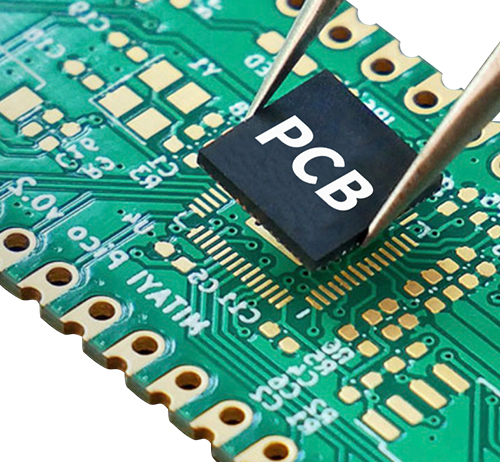Time:2022-08-12 Visit:
For experienced designers, after completing the pre-layout of components, they will focus on analyzing the bottleneck of PCB routing. Combined with other EDA tools, analyze the wiring density of the circuit board; then combine the number and types of signal lines with special wiring requirements, such as differential lines, sensitive signal lines, etc., to determine the number of layers of the signal layer; then according to the type of power supply, isolation and Anti-interference requirements determine the number of internal electrical layers. This basically determines the number of layers of the entire circuit board.

Ordinary circuit boards are divided into single-sided wiring and double-sided wiring, commonly known as single-sided and double-sided, but high-end electronic products are limited by product space design factors. After each layer of circuit is fabricated, it is positioned and pressed by optical equipment, so that the multi-layer circuit is superimposed on a circuit board. Commonly known as a multi-layer circuit board is a multi-layer PCB circuit board. Any circuit board with 2 or more layers can be called a multi-layer circuit board. Multilayer circuit boards can be divided into multilayer rigid circuit boards, multilayer flexible and rigid circuit boards, and multilayer flexible and rigid circuit boards.
Before designing a multi-layer PCB circuit board, the designer first needs to determine the circuit board structure used according to the scale of the circuit, the size of the circuit board and the requirements of electromagnetic compatibility (EMC), that is, whether to use 4-layer, 6-layer or More layers of Boards. Once the number of layers is determined, determine where to place the internal electrical layers and how to distribute the different signals on those layers. This is the choice for the multilayer PCB stack-up structure. The laminated structure is an important factor affecting the EMC performance of the PCB board, and it is also an important means to suppress electromagnetic interference.
There are many factors to consider when determining the stack-up structure of a multi-layer PCB board. In terms of wiring, the more layers, the better the wiring, but the cost and difficulty of making the board will also increase. For manufacturers, whether the laminate structure is symmetrical is the key point that needs to be paid attention to when manufacturing PCB boards, so the selection of the number of layers needs to consider the needs of various aspects to achieve the best balance.